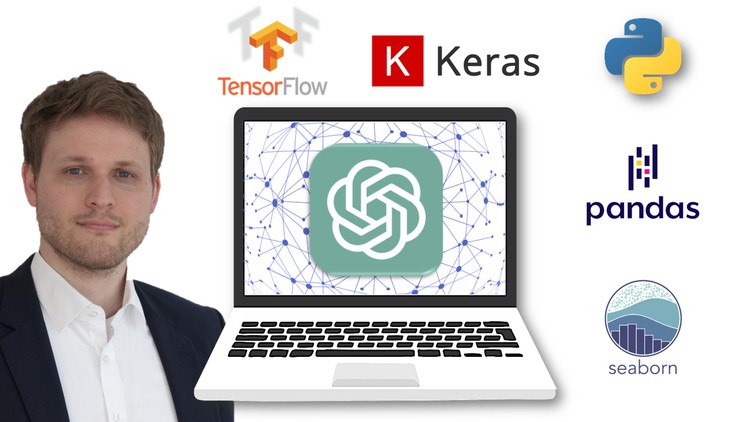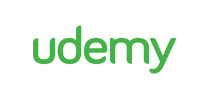1. Introduction
2. Intro to Tabular Data Pandas
3. Create your very first Pandas DataFrame (from csv)
4. Loading a CSV-file into Pandas.html
5. How to read CSV-files from other Locations
6. Pandas Display Options and the methods head() & tail()
7. First Data Inspection
8. Summary Statistics.html
9. Built-in Functions, Attributes and Methods with Pandas
10. Make it easy TAB Completion and Tooltip
11. Selecting Columns
12. Selecting one Column with the dot notation
13. Selecting Columns.html
14. Zero-based Indexing and Negative Indexing
15. Selecting Rows with iloc (position-based indexing)
16. Slicing Rows and Columns with iloc (position-based indexing)
17.1 pandas iloc.pdf
17. Position-based Indexing Cheat Sheets.html
18. Position-based Indexing 1.html
19. Position-based Indexing 2.html
20. Selecting Rows with loc (label-based indexing)
21. Slicing Rows and Columns with loc (label-based indexing)
22.1 Pandas loc.pdf
22. Label-based Indexing Cheat Sheets.html
23. Label-based Indexing 1.html
24. Label-based Indexing 2.html
25. First Steps with Pandas Series
26. Analyzing Numerical Series with unique(), nunique() and value counts()
27. Analyzing non-numerical Series with unique(), nunique(), value counts()
28. First Steps with Pandas Index Objects
29. Filtering DataFrames by one Condition
30. Filtering DataFrames by many Conditions
31. Sorting DataFrames with sort index() and sort values()
32. Visualizing Data with the plot() method
33. Creating Histograms
34. Creating Scatterplots
35. Understanding GroupBy objects
36. Splitting with many Keys
37. split-apply-combine explained

